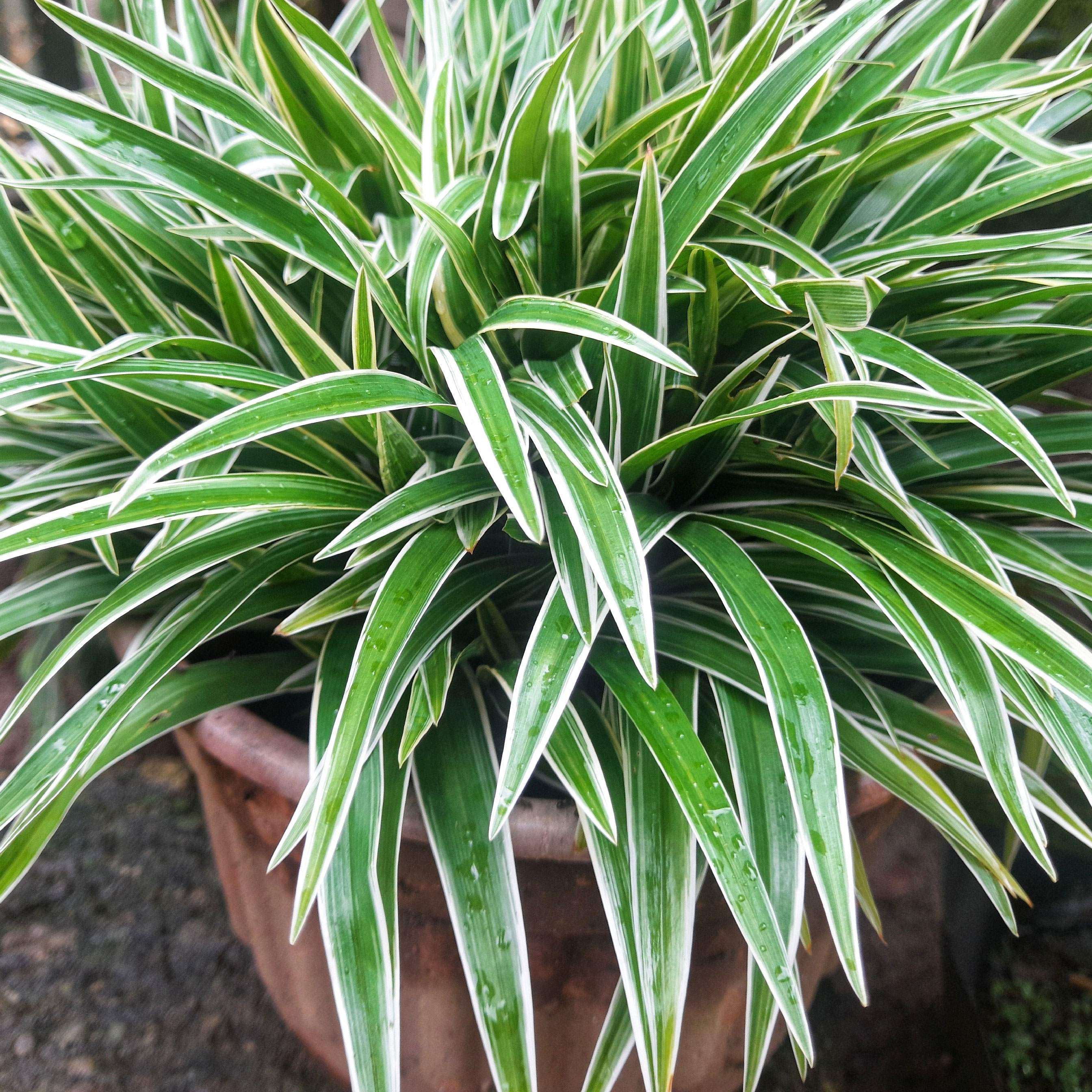False Root Knot Spinach Problems: Treating Spinach With False Root Knot Nematodes

There are many plants that can become affected by false root knot nematodes. These soil dwelling roundworms are microscopic and difficult to see but their damage is unmistakable. Spinach with false root know nematodes may die in severe infestations. The plants can become infected at any stage of growth. Recognize the signs and how to prevent your fresh spinach plants from becoming victims of these hard to see organisms.
What are False Root Knot Nematodes?
Sick spinach plants? It can be difficult to figure out what is affecting these leafy greens since the signs of disease often mimic one another. In the case of false root knot spinach, the above ground symptoms may mimic certain wilt and other fungal diseases. It can also appear as a nutrient deficiency. To be certain, you may have to uproot a spinach plant and look for characteristic galls on the root system. False root knot nematode in spinach primarily occurs in fall in cool soils. Nematodes do little damage in hot soil. The organism is also known as Nebraska root galling nematode or Cobb's root galling nematode. Two separate genera cause galls, Nacobbus and Meloidogyne, and are termed false root knot nematodes. The roundworms attack the roots of a plant during their second stage. These juveniles develop into sack-like females and wormy males. It is the females who enter larger roots and cause increased cell division which forms galls. The galls contain the eggs which hatch and start the cycle anew.
Symptoms in False Root Knot Spinach
Spinach with false root knot spinach will grow slowly, become stunted and develop yellow leaves. The symptoms start within 5 days of infection. In light infestations, there are few symptoms but heavily attacked plants can die. This is due to the galls which interrupt the ability of roots to uptake moisture and nutrients. If you pull up infected plants, the root system will have small corky galls, mainly at the root axis and tips. These may be rounded to elongated. The nematode responsible causes the roots to produce starch in the galls to feed the emerging young. In large crop situations, the disease is usually confined to "hot spots," separate regions of the crop. Entire rows may be unaffected while a specific area will be heavily infested.
Controlling False Knot Nematodes
There are no varieties which are resistant to the organisms. False root knot nematode in spinach can often be avoided by planting early. Crop rotation is helpful, as is destruction of any infected roots left from the previous season. There is some evidence that soil fumigation can diminish the pests but only in soils that do not contain un-composted roots from previously affected crops, planting crops that are not susceptible will limit roundworm life cycles. These may include:
Keep weed hosts out of fields, as they provide housing and food for these invisible pests. Common weeds that attract false root knot nematodes are:
Gardening tips, videos, info and more delivered right to your inbox!
Sign up for the Gardening Know How newsletter today and receive a free copy of our e-book "How to Grow Delicious Tomatoes".

Bonnie Grant is a professional landscaper with a Certification in Urban Gardening. She has been gardening and writing for 15 years. A former professional chef, she has a passion for edible landscaping.
-
 Want To Know How To Make A Spider Plant Bushier? 4 Secrets For Lush & Bushy Spiders
Want To Know How To Make A Spider Plant Bushier? 4 Secrets For Lush & Bushy SpidersAre you looking for ways to make your spider plant look bigger or more dramatic? Follow these quick and easy tips on how to make a spider plant bushier
By Teo Spengler
-
 What Is A Pollinator Garden? Grow Gorgeous Blooms While Benefiting Your Local Ecosystem
What Is A Pollinator Garden? Grow Gorgeous Blooms While Benefiting Your Local EcosystemPollinator gardens look great and also provide a diverse ecosystem that benefits your local pollinating insects and animals. Get started today with this guide!
By Bonnie L. Grant